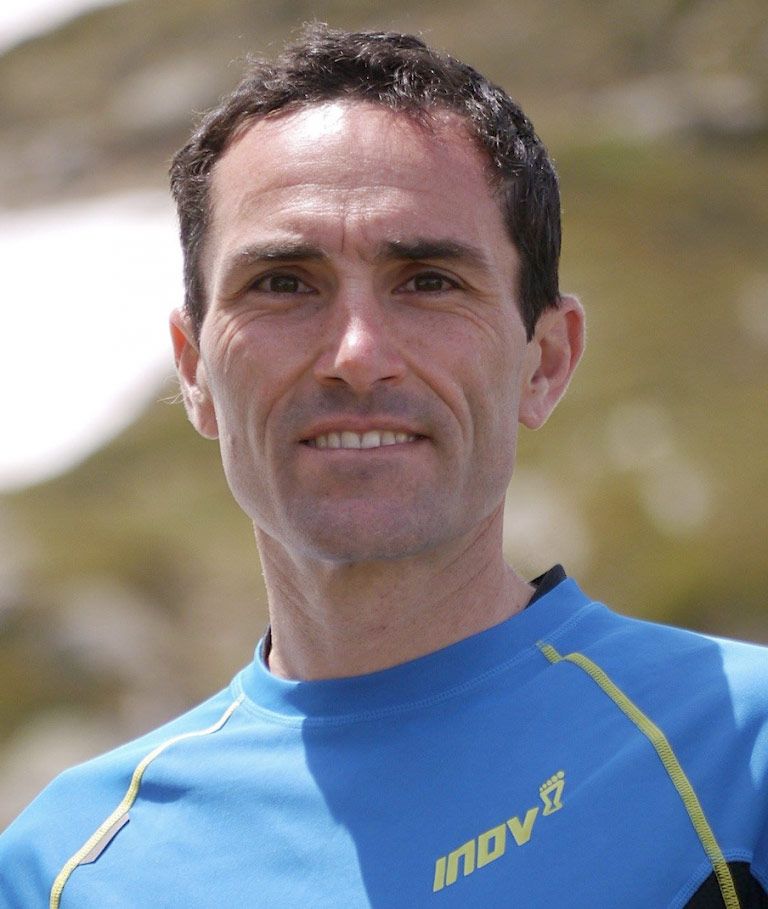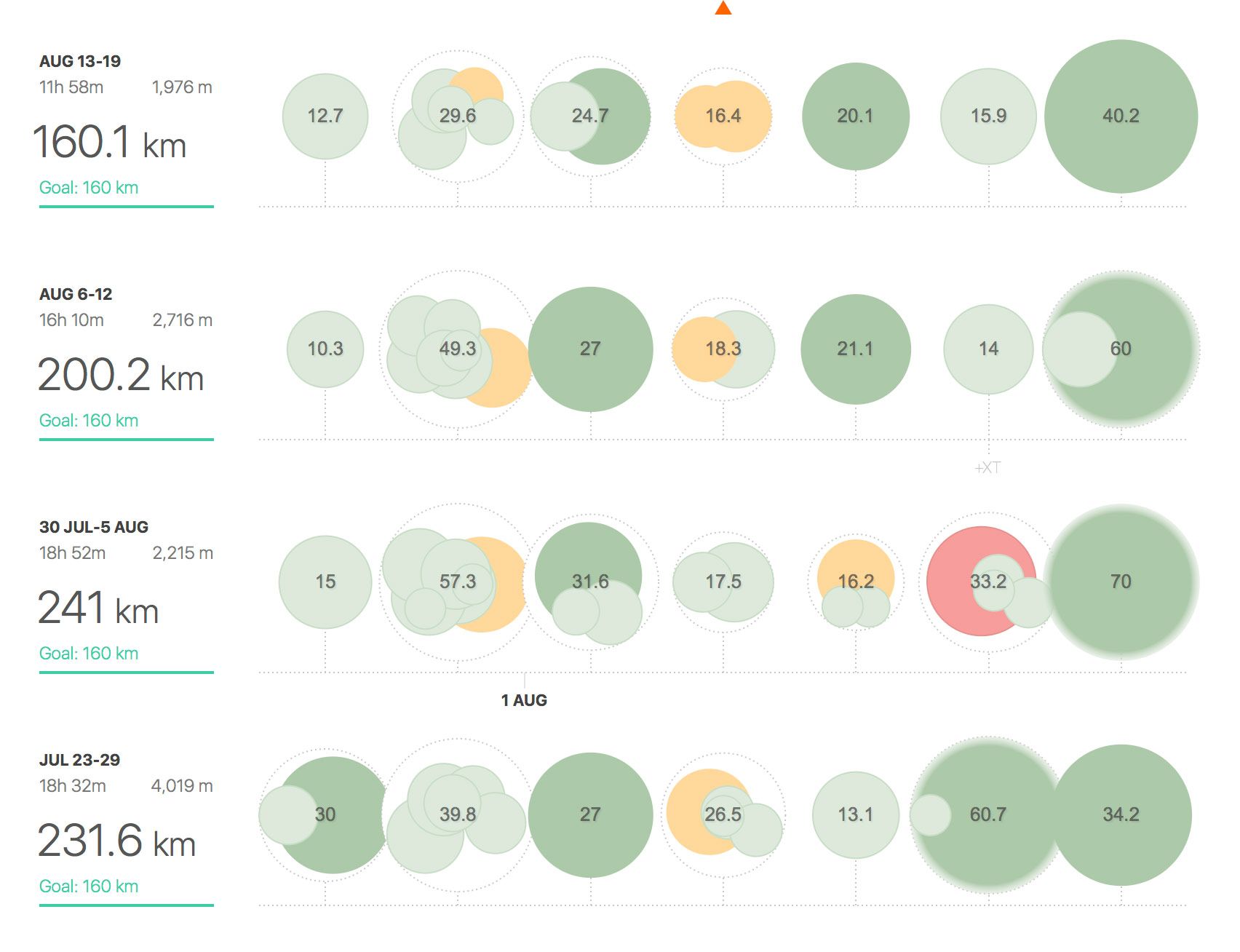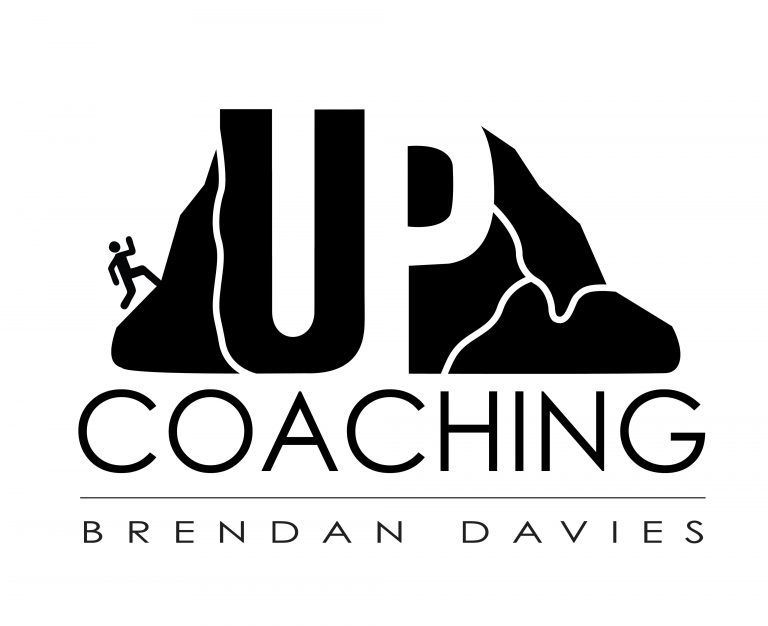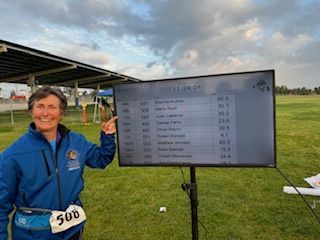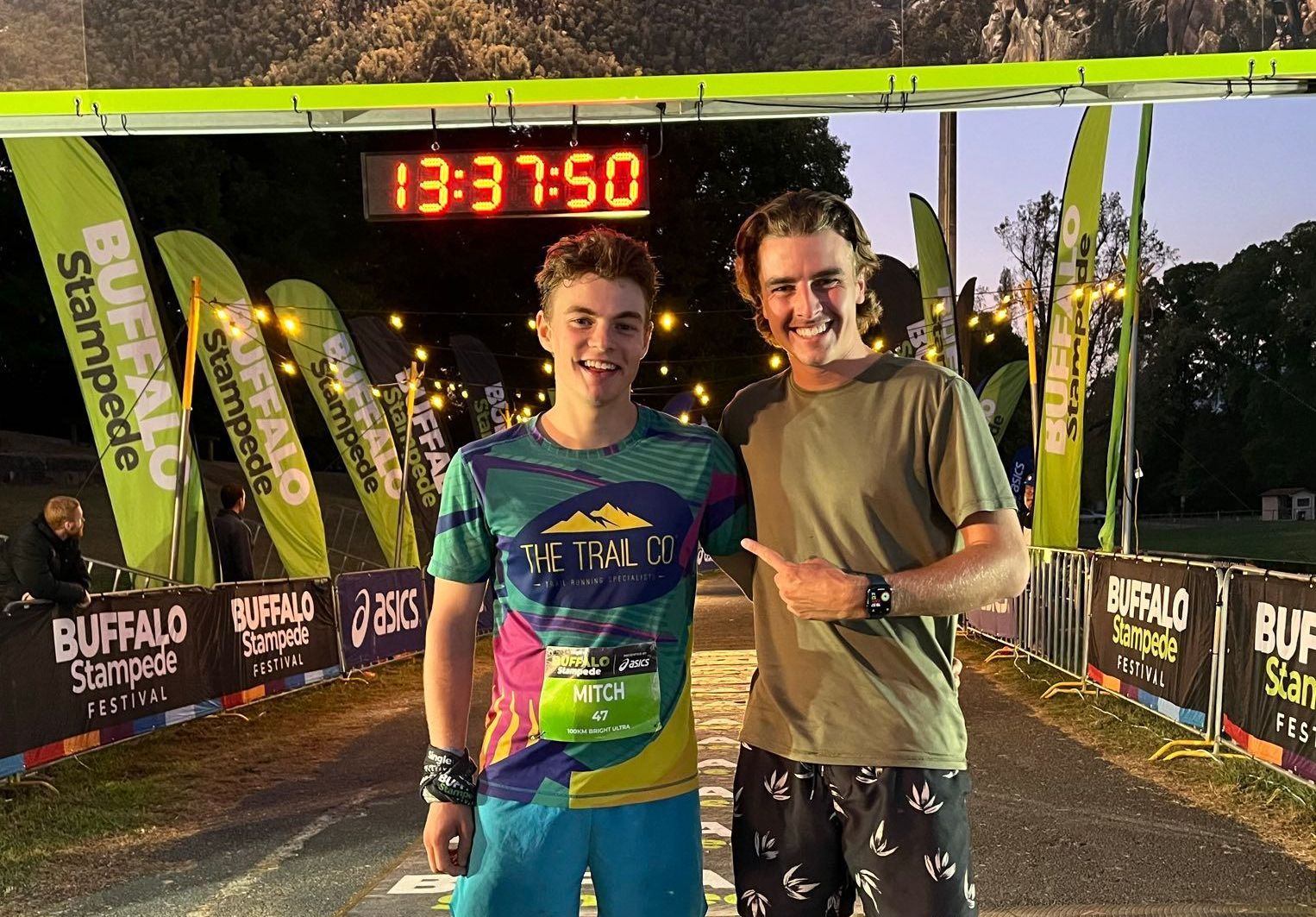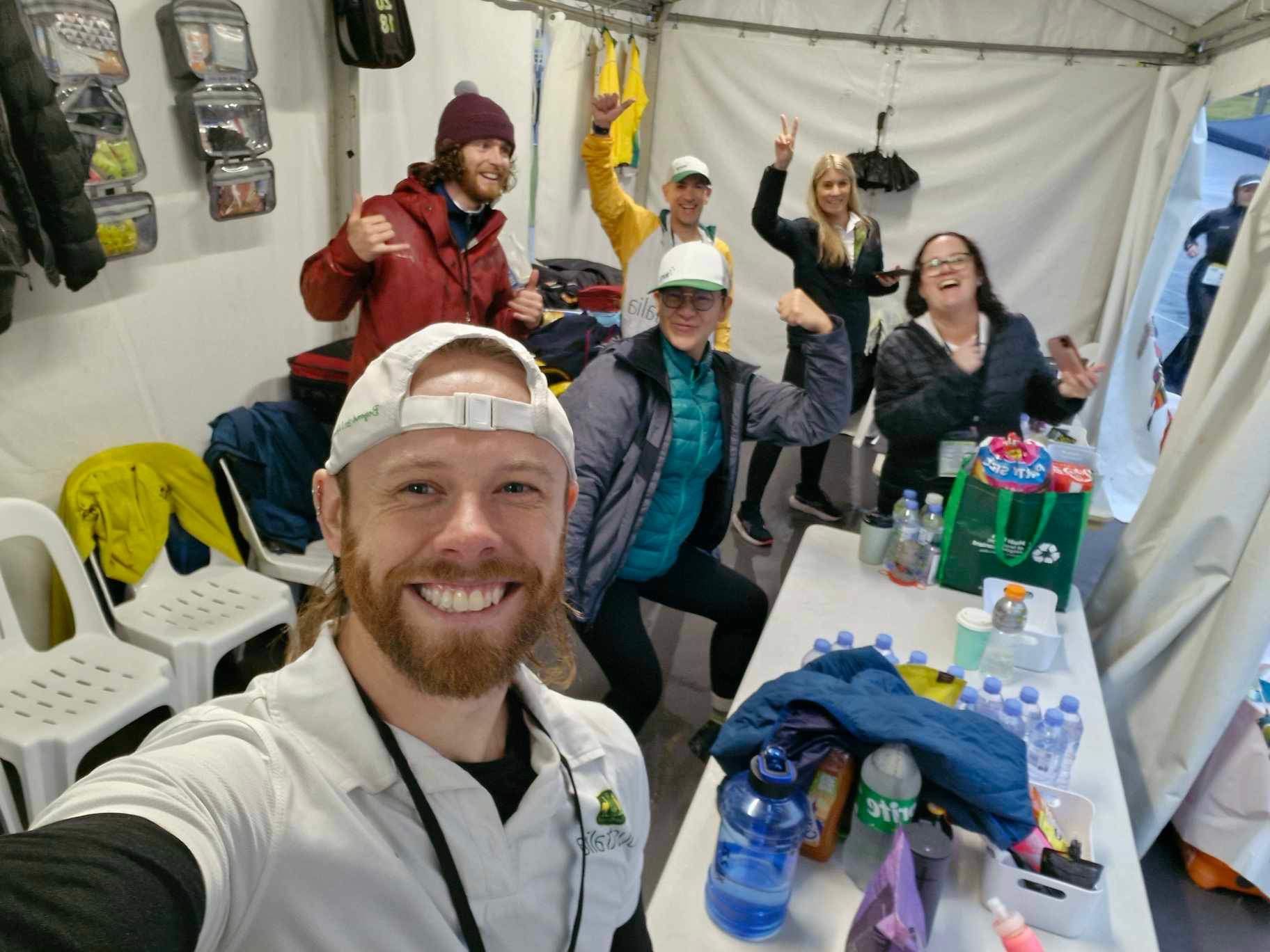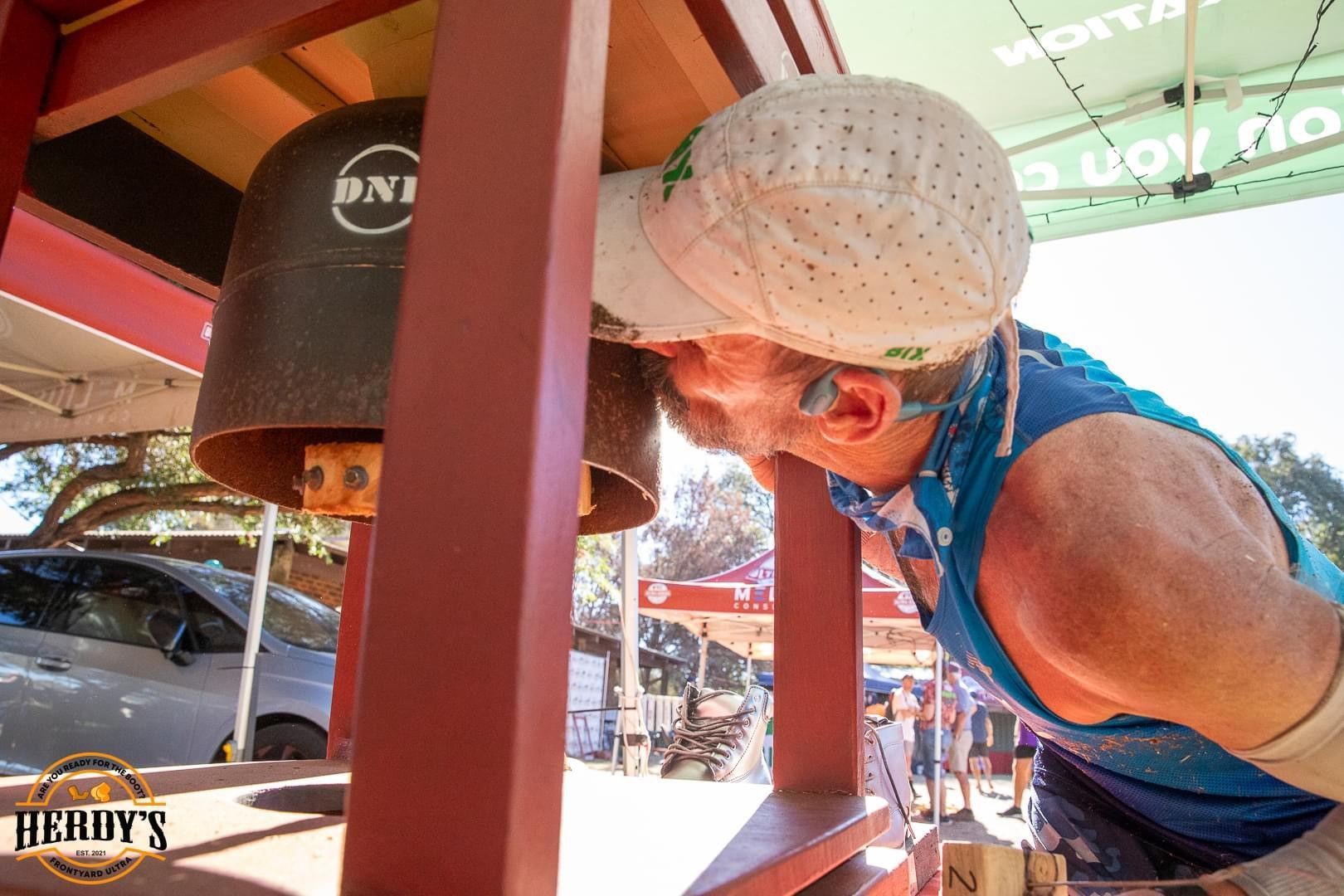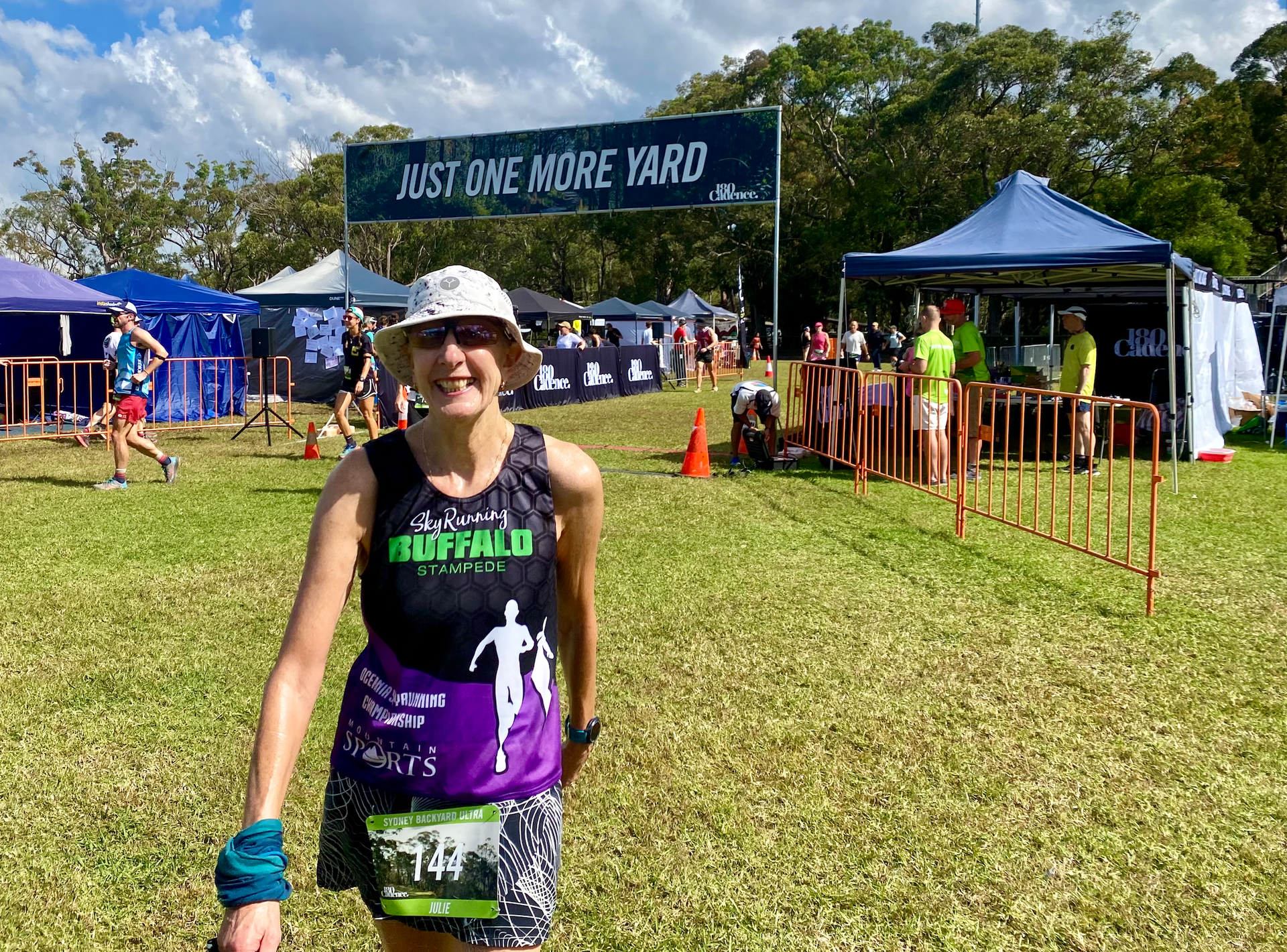Coach’s Corner is our new feature for AURA members, where qualified trained professionals provide you with advice and tips on improving and enhancing your ultra running performance.
Sharpening Up Your Training
With my own training for the 100km World Championships in Croatia now entering its final phases, it seems very apt for me to share with you my thoughts on this often misunderstood, but terribly important phase of a training cycle – the Sharpening Phase.
With just on six weeks to go before the World Championships, it marked the time for me to start transitioning out of the base building, high mileage phase of my training cycle and moving into the Sharpening Phase.
This is a crucial part in the macro cycles of a periodised approach to an ‘A’ race, and the phase where significant improvements in fitness and form can be gained. It’s important to note that the Sharpening Phase is not the same as Taper Phase; rather it is the 3 to 4 weeks lead in period to the 2 to 3 week taper (this would vary from athlete to athlete).
I should preface this by stating that not all athletes will incorporate this phase into their training. I personally take a very periodised training approach, so it works for me both physically and mentally as I approach a big race. However, there are many recreational ultra runners who prefer to keep a very similar training pattern all year round and when incorporating races often, the time to ‘sharpen’ can be both impractical or not relevant to the goals of the athlete.
Likewise, coaches may choose not to implement this phase into an athlete’s plan as it may not be in the best interests of the individual athlete. There is no ‘one size fits all’ approach to coaching, and coaches will rely on the ‘art’ of coaching as much as the ‘science’.
For example, I am personally coaching two other athletes on the Australian 100km team, but due to different circumstances, they will have different looking final phases. While one is undergoing a sharpening phase, the other is not – simply due to the fact there are gains to be had for both athletes with the different approaches. One is ‘readier’ to sharpen than the other, and it’s a phase you can only implement if the athlete is prepared.
Anyway, so back to me. Up until now my training has been exhausting! Lots of endurance building, aerobically challenging miles which peaked with weeks of 200km volumes. Big long runs, which peaked out at 70km mixed in with a stack of ‘easier’ running and mixed workouts. I was, as you would understand, feeling a little worn out! This is normal and this is what I was intending. You must build a large aerobic capacity and a strong, durable and conditioned body to be the best ultra runner you can be (and for me to compete on the World stage).
The good news is now I have begun to ease off the large weekly miles and begin to target specific workouts designed to achieve my goal at Worlds. During the Sharpening Phase, with decreased weekly mileage, I’m beginning to feel more.
You can see my
Strava training log to get an idea of how this looks. Weekly mileage can be seen. Dark green are long runs and yellow are ‘workouts’, meaning session work such as track, fartlek, hills etc.
What does the Sharpening Phase look like?
It is a period when overall mileage is reduced, including the duration of the long runs. Some easier sessions are now being replaced with higher intensity sessions such as speed sessions, hill workouts and more ‘race pace’ aerobic runs. Rest days should also increase to give your body ample time to recover for and from the harder sessions (please note that easy runs for me replicate the same benefits as a total day or rest).
Why have a Sharpening Phase?
The benefits of the Sharpening Phase (and subsequent taper) are many. Probably the biggest however is that backing off the mileage and introducing more rest and anaerobic sessions will improve freshness (how ready to race you are becoming) and your running efficiency. When backing of the overall volume your legs will gain strength and the mechanics of your running form will improve with faster sessions. Your speed and leg turnover will increase; and this you can bet will always be something you will benefit from no matter the terrain; road or trail. The sharpening phase will also give your mind some rest as you ease back from the stressors of a heavy training load as you begin to focus on the race ahead.
Should you still be doing long runs?
Yes, absolutely. However, you may want to now start slowly decreasing the overall volume of some of the long run session and perhaps start introducing some consecutive day long runs and race pace efforts (although this is easily determined for a road run such as the 100k, it’s usually better to go by ‘race effort’ for a trail race). These type of sessions will simulate the fatigue that you will feel in the race. Another great long run session during this phase is the ‘race pace’ long run. Decrease the volume but increase the intensity to a pace that you feel is working you harder. These kind of runs will give you the opportunity to optimise lactate levels and gain a good understanding of your race pace and allow you to adapt this for race specific effort.
What type of sessions should you be introducing?
These are the ‘icing on the cake’ sessions and you must be cautious as adding speed and harder workouts can be a double-edged sword. It is vital that we sufficiently rest so as to avoid injuries by suddenly introducing faster efforts. Just as you build volume and duration through the base building stage, introduce these sessions gradually. Increase the frequency and the intensity up slowly – the last thing we need now is to jeopardise all our hard work by tearing a muscle! Do not ever begin a speed session if you don’t feel properly recovered from the previous runs you’ve done in the days leading into the speed session. Speed work can take a number of forms:
Fartlek
–‘speed play’ runs with varying intensity from easy training pace to 5k or 10km race pace. Generally these are fairly unstructured and will be done on varied terrain. A typical fartlek example may be a 3km warm-up on trail followed by 5 x 3min surges run at 5k race pace. Between each surge the runner will jog along 2-3min. At the end of the surges the runner will cool down for another 3kms.
Tempo Runs
–these are runs structured to hold a certain pace for a longer period of time or distance. A typical tempo run may be a 4km warm-up with the runner working right into a tempo of a 8km run at 16km at 10km race pace followed by 4km cool down. Tempo runs teach the runner to run at an ‘uncomfortably hard’ effort for an extended period of time and will increase your lactate threshold level
Intervals –most intervals are done on the track. Generally they are faster than either fartleks or tempos. Short, fast intervals will have a runner run at near their maximum anaerobic pace. A common short interval might be 8 x 400m run at 5km race pace with 1min jog between each. Other sessions which probably more relative to ultrarunning are Vo2 Max Sessions such as 6-8 x 1km intervals. A key component of intervals is incomplete rest. The runner should still be mildly fatigued when beginning the next interval. This will improve aerobic strength.
Hill Repeats –these are the most specific sessions for trail events and if you’re training for a trail event, you have all probably already done lots of these in your base building stage. If not, now is the time to start. A good hill session is 10 x 300m hard efforts uphill on a hill of around 8-9% gradient with a recovery walk down.
Throughout the Sharpening Phase you should try to complete at least one speed session per week. This could increase to multiple depending on your own preferences and reactions to the workouts. For example an older or novice runner may do less speed work where a more competitive or younger runner may do more. The ability for a runner to recover from speed work is also a critical factor. This is where your own judgment is vital and working together with a coach who can properly track your fatigue and predict what is best for you is always a much safer and smarter path to take.




